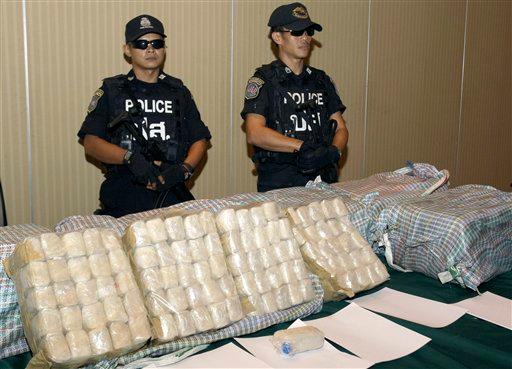When Russian scientists sent a robot into the Chernobyl Nuclear Power Plant in 2007, the last thing they expected to find was life. Inside the most radioactive areas of the breached core was a group of common fungi collectively referred to as “black mold” growing on the reactor walls.
These molds were growing in one of the most hostile environments on the planet, with radiation levels high enough to give a lethal dose in minutes. But these fungi weren’t just growing, they were thriving.
A researcher at New York’s Albert Einstein College of Medicine, Arturo Casadevall, investigated these resistant molds and helped to identify several distinct species.
They all shared one very interesting characteristic—they all contained the skin pigment melanin.



